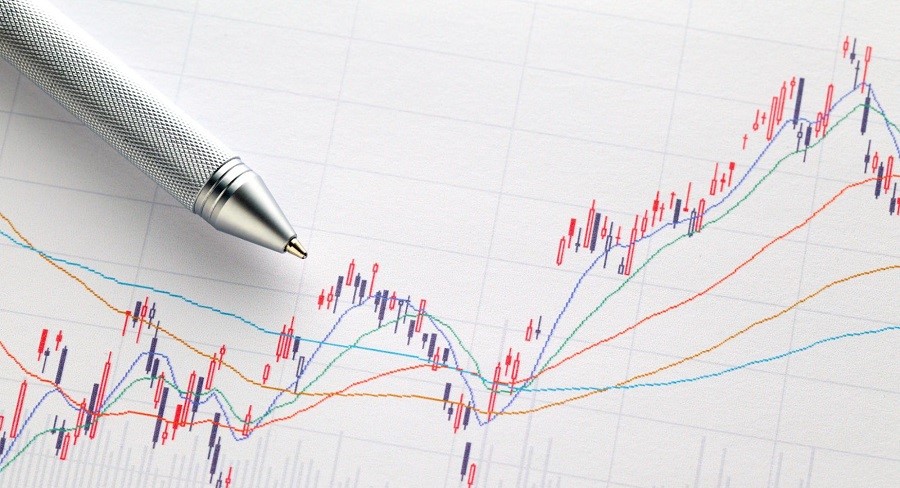
Accessing the stock market has become easier with the abundance of information available online. However, some stock market information is abbreviated for the sake of fitting more data on mobile devices. One such term that is gaining attention is CMP, which stands for Current Market Price. While not a new concept in the stock market, both beginner and seasoned investors need to understand and become familiar with it. In this blog, we will delve into the depths of CMP and understand its significance with some examples.
Table of Contents
What Is CMP in the Share Market?
The current market price, or CMP, is the present price at which a stock is being traded in the market. As the stock market is highly dynamic, stock prices tend to fluctuate rapidly, and the price of a stock may change within an hour. Therefore, understanding the CMP is crucial for investors who want to make informed investment decisions.
CMP is influenced by the dynamics of supply and demand for stock in the market. It is likely to increase with heightened demand and limited supply. Conversely, it is expected to decline in case of low demand and excess supply. CMP is also influenced by other variable factors, such as the company’s performance, the economic environment, and market sentiment.
Role of CMP in Stock Market
The CMP serves several vital purposes for investors and plays a pivotal role in financial planning and investment decisions:
Understanding Current Value
The CMP provides a snapshot of a stock’s current worth in the market. Investors can use it to gauge a stock’s performance and make informed decisions about buying, selling, or holding it. This element can be used along with technical indicators like the P/E ratio to identify stocks that are overvalued or undervalued.
Tracking Performance
By monitoring the CMP over time, investors can track a stock’s price movement and identify trends in the share market. This analysis helps them assess the stock’s potential for growth or decline.
Making Investment Decisions
The CMP plays a crucial role in determining entry and exit points for investments. Investors often target stocks trading below their perceived intrinsic value and aim to sell when the CMP exceeds their intrinsic value.
Stock Comparison
Investors can compare CMPs of different stocks in the same industry. This comparison assists investors in identifying trends in the stock market and gives insights into the nature of the stock. Investors can identify price-sensitive stocks and make strategic decisions that align with their financial goals and objectives.
Examples
Let’s take a hypothetical scenario involving two companies, X Ltd. and Y Ltd., to understand how CMP works in real-world situations.
Example 1: X Ltd.
X Ltd., a tech company, is currently trading at a CMP of ₹100 per share. Investors are optimistic about its latest product launch, expecting increased sales. As a result, demand for X Ltd. shares surges, driving up the CMP to ₹120 per share within a week.
Example 2: Y Ltd.
On the other hand, Y Ltd., a pharmaceutical company, faces regulatory hurdles for one of its key products, leading to uncertainty among investors. Consequently, Y Ltd.’s CMP drops from ₹80 per share to ₹60 per share as investors sell off their holdings, fearing potential losses.
In both examples, the CMP reflects the market sentiment and factors influencing the respective companies. For X Ltd., positive news propelled the CMP higher, indicating investor confidence and bullish sentiment. Conversely, for Y Ltd., adverse developments caused the CMP to decline, signalling concerns and bearish sentiment.
How to Find CMP?
Finding a stock’s CMP is straightforward. It’s readily available on Share India’s stock market app and trading platforms. Simply create a free Demat account with Share India on our app or any of our trading platforms. After you create your account on our trading platform, you get access to stocks’ CMPs along with other relevant information, such as technical indicators, price charts, and market updates.
Conclusion
Understanding how CMP works can empower investors and traders to strategise their investment decisions and trades. This simple metric is critical to both beginner investors and seasoned investors and works in conjunction with various other technical indicators and price charts. By keeping an eye on CMP and staying abreast of market developments, investors can navigate the complex world of stocks with confidence.